On View
The Shanghai Project Offers Sustainability With Little Spectacle
Here's an antidote to the regular fare of biennials and art fairs.
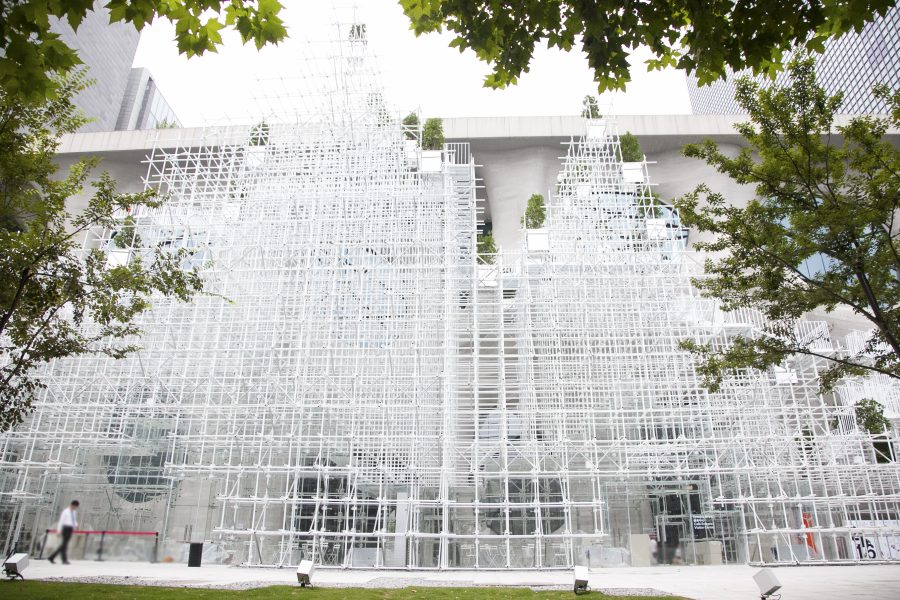
Here's an antidote to the regular fare of biennials and art fairs.

Rozalia Jovanovic

Called a ‘festival of ideas’ by its founder, Dr. Yongwoo Lee, the Shanghai Project is a year-long event aimed to bring together people with backgrounds in art, science, and architecture to create a dialogue about sustainability for the future. The event, which is co-curated by Hans Ulrich Obrist, kicked off in early September with the launch of an expansive pavilion outside the Himalayas Museum designed by architect Sou Fujimoto to house art installations (currently there’s one by Xu Bing), panel discussions, and other events aimed to activate various areas of the city and inspire community engagement. But while it does incorporate art into its programming, unlike the Shanghai Biennale and the art fairs (West Bund Art Fair and Art021) taking place this week during Shanghai Art Week, the Shanghai Project is not primarily about art.
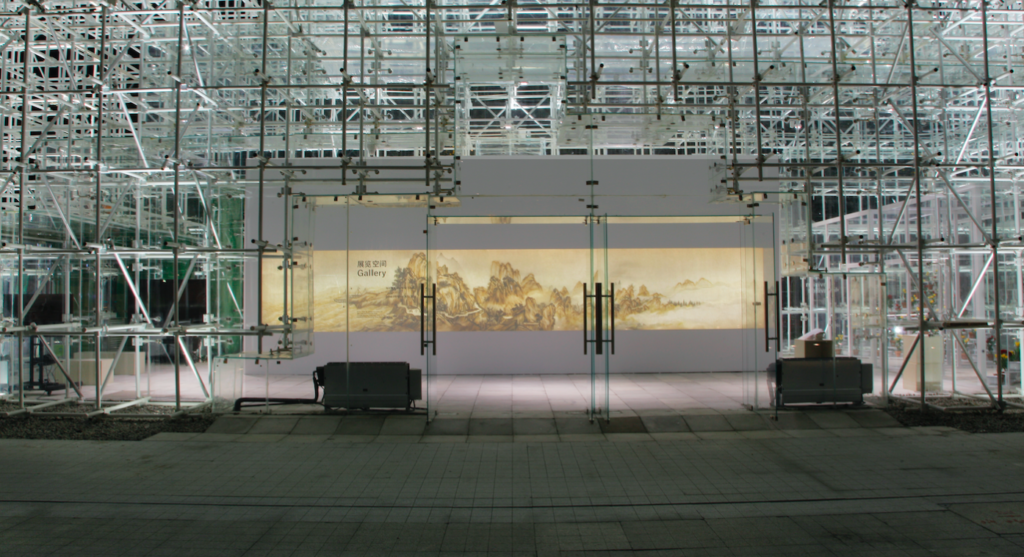
Installation by Xu Bing at the Envision Pavilion of the Shanghai Project. Courtesy of the Shanghai Project.
“How do we awake from a typical understanding?” Dr. Lee told me around the time of the opening. Lee, who founded the festival as a way to break free from the regular structures that govern the art world today—it’s a kind of antidote to the spectacle of biennials and art fairs (“There are too many biennials; no one asks are there too many museums. Why?), illustrated his point with a story about Nam June Paik, an artist he knew and about whom he has written several books.
“Nam June Paik was broke at the time, wandering out of Central Park, he walked into a shop of a Korean antique dealer and he was impressed with one Buddha,” he said about the origins of Paik’s 1974 work TV-Buddha. “The Buddha is a symbol of Eastern meditation. But it was captured by the television, which is a symbol of vanity. This was shocking at the time. It became his most famous work. But it wouldn’t have happened if he wasn’t broke. It was an unconventional way of thinking.”
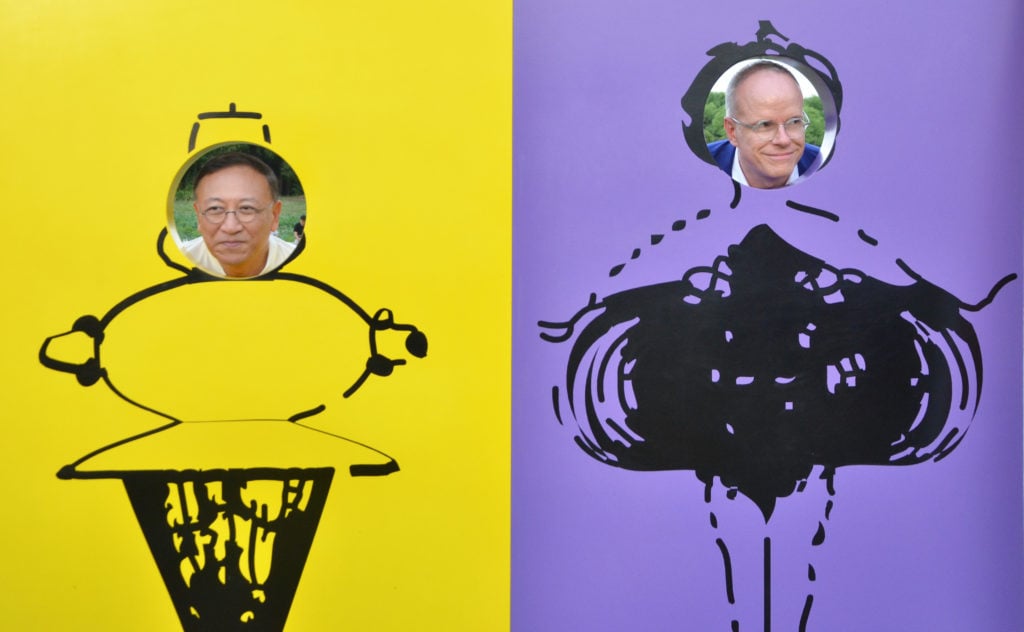
Dr. Yongwoo Lee and Hans Ulrich Obrist at the Liam Gillick installation at Century Park, part of Shanghai Project. Courtesy of Shanghai Project.
Lee stressed that the Shanghai Project, which will have an exhibition in the spring, wasn’t just about art and thus he didn’t want visual art to dominate the dialogue or to become the focus. That was why he chose Obrist to co-curate the inaugural edition.
“The questions of the 21st century are so complex that it needs different disciplines to solve them and programs in both of these cases,” Obrist told me during the launch.
Obrist, who is known for his 24-hour interview MARATHONS in which he’ll bring together architects, game developers, scientists (anyone who interests him, really) for back-to-back conversations, first came to Shanghai 20 years ago. He said that it was a very different city from the one he first encountered.
“Most of my shows were in Gwangju, Shenzhen, Beijing. I never curated in Shanghai. The last three to four years, this city became so dynamic. There’s been a true polyphony in terms of museums and institutions…. Power Station, Rockbund, Yuz,” he continued. “It’s one of the most energized and polyphonic museum environments in the world.”
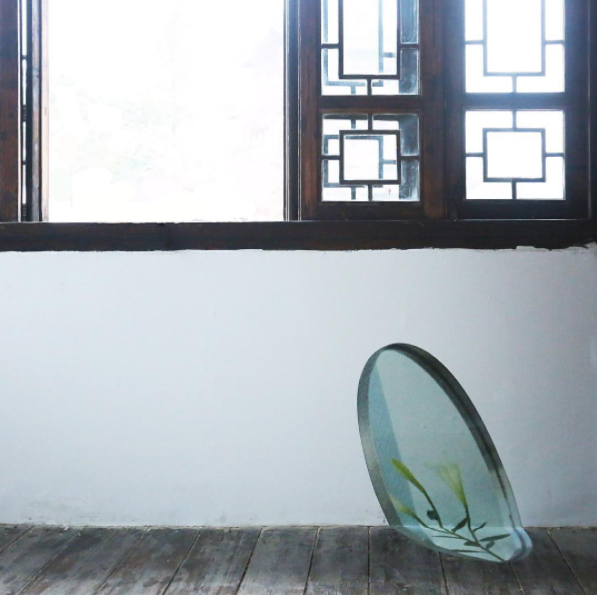
Bruno Zhu’s Virus Mirror in the “Qidian” show at the Zendai Zhujiajiao Art Museum. Courtesy of the Shanghai Project.
In Zhujiajiao, an historic water town an hour-and-a-half drive from the center of the city, you’ll find an exhibition of artists born after 1989. “Qidian” as the show is called, is a collaboration with 89Plus (an ongoing project devised by Obrist and Swiss Institute director Simon Castets) and brings together some two dozen artists, Western and Chinese, all born after 1989. Housed in the stunning Zendai Zhujiajiao Art Museum, the show, which runs through November 13, is a real treat if you can make it there offering up thoughtful solutions, both practical and ideological, for sustainability. Artist Bruno Zhu offers a series of large stickers of framed mirrors that are affixed surreally to walls and stairwells around the historic structure in some cases giving the surreal impression that they’re sliding off the wall. “It’s a reminder,” Castets said about Zhu’s work during the opening, “that far from being the promise of a window on the world, the Internet has become a mirror of our own narrow interest.”
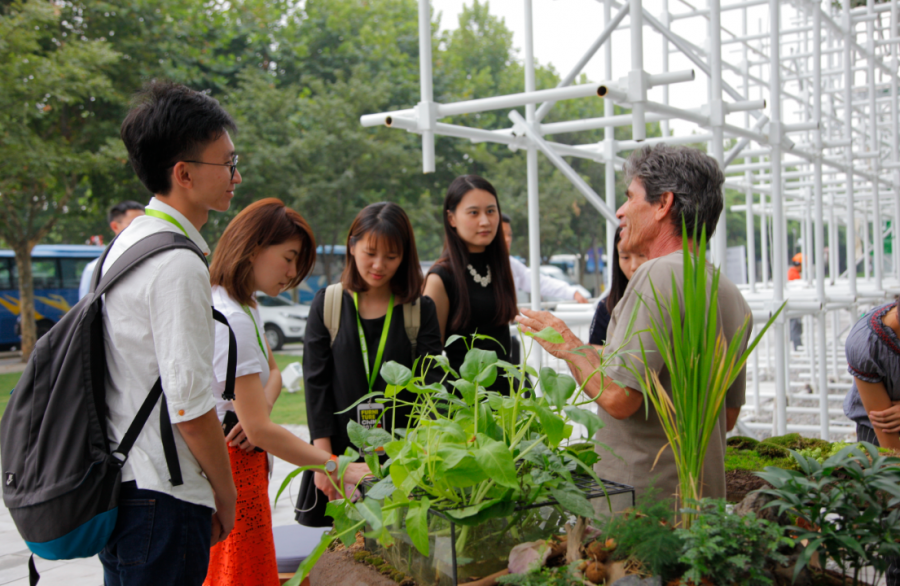
Otobong Nkanga’s Landversation in action at the Envision Pavilion of the Shanghai Project. Courtesy of the Shanghai Project.
All this month at the pavilion, you can check out Otobong Nkanga’s ongoing performance piece “Landversation,” which engages people in conversations about human relationships to the land. “If we keep producing and we don’t stop and deal with the waste,” Nkanga said about the future, “we’re doomed.”